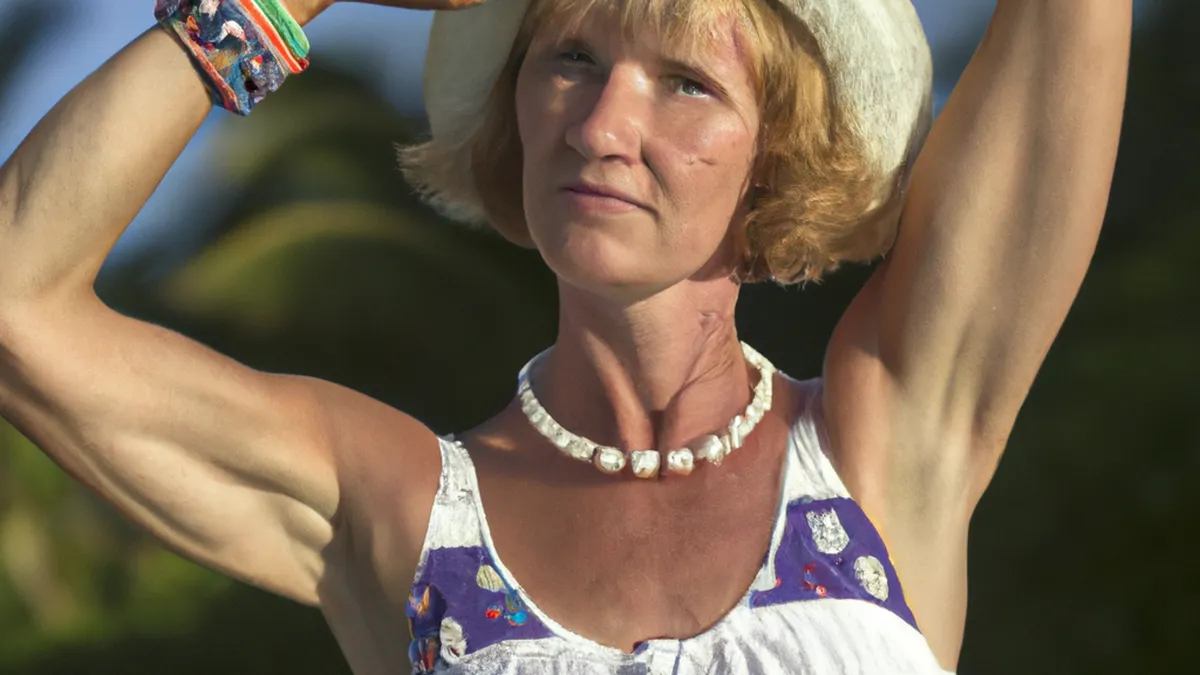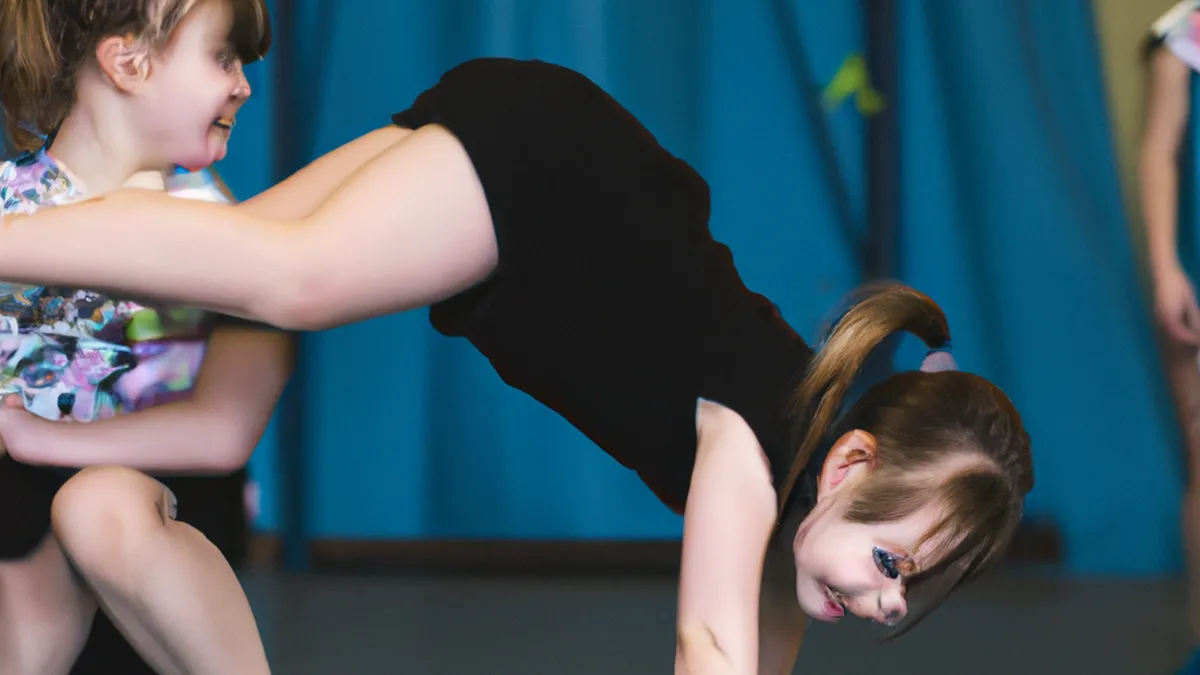UV Rays vs. Athletic Performance: What to Know
Understanding the Effects of UV Exposure on Athletic PerformanceAthletes train outdoors and expose themselves to the sun. This exposure offers benefits and risks that impact performance. Athletes must understand how UV radiation affects their training and health. This post explores UV effects on performance and offers safe sun tips.
As an Amazon Associate I earn from qualifying purchases.
Gear tip: consider compression sleeves, compression socks, and percussive massager to support this topic.
How UV Exposure Affects Performance
UV radiation is electromagnetic radiation from the sun. It includes UVA, UVB, and UVC rays. UVA rays penetrate deeply and cause skin aging. UVB rays cause sunburn and increase skin cancer risk. UVC rays mostly get absorbed by the atmosphere.Moderate UV exposure can benefit athletes, but excessive exposure can impair performance.
The Benefits of UV Exposure
UV exposure helps produce vitamin D in the skin. Vitamin D supports overall health, bone strength, muscle function, and immune response. Athletes need sufficient vitamin D for improved muscle strength and recovery. Research shows athletes with optimal vitamin D perform better. They experience better endurance, strength, and agility, essential for peak performance. Adequate vitamin D may also help prevent illness and maintain training schedules.
The Risks of Overexposure
While some UV exposure benefits athletes, overexposure poses risks. Sunburn can cause pain, discomfort, and blisters. Athletes with sunburn may struggle to train at their usual intensity. Discomfort can distract them and affect their results.Excessive UV exposure also links to long-term health issues like skin cancer. Athletes training outdoors frequently face a higher risk of skin cancers like melanoma. This risk highlights the need for sun safety practices to protect skin health.
Tips for Safe Sun Exposure
Athletes must prioritize sun safety. Here are practical tips to minimize risks and enjoy sunlight benefits.
1. Time Your Workouts
Timing your workouts can reduce UV exposure. Schedule outdoor training early or late in the day when UV rays are less intense. This strategy helps lower the risk of sunburn and heat-related illnesses.
2. Wear Protective Gear
Clothing provides a barrier against harmful UV rays. Athletes should wear long-sleeved shirts and hats to protect their skin.
Conclusion
Athletes must understand UV exposure’s benefits and risks. They can optimize performance and safeguard health by following sun safety tips.
Below are related products based on this post:
FAQ
How does UV exposure affect athletic performance?
UV exposure has both benefits and risks for athletes. While moderate UV exposure helps produce vitamin D, which is crucial for muscle strength and recovery, excessive exposure can lead to sunburn and long-term health issues, such as skin cancer. Understanding these effects is essential for optimizing performance and maintaining health.
What are the benefits of UV exposure for athletes?
UV exposure aids in the production of vitamin D, which supports overall health, bone strength, and muscle function. Athletes with sufficient vitamin D levels tend to perform better, exhibiting improved endurance, strength, and agility, all of which are vital for peak athletic performance.
What precautions should athletes take to minimize UV risks?
Athletes can minimize UV risks by timing their workouts to avoid peak sun hours and wearing protective clothing, such as long-sleeved shirts and hats. These practices help reduce the likelihood of sunburn and heat-related illnesses while allowing athletes to safely enjoy the benefits of sunlight.















Post Comment